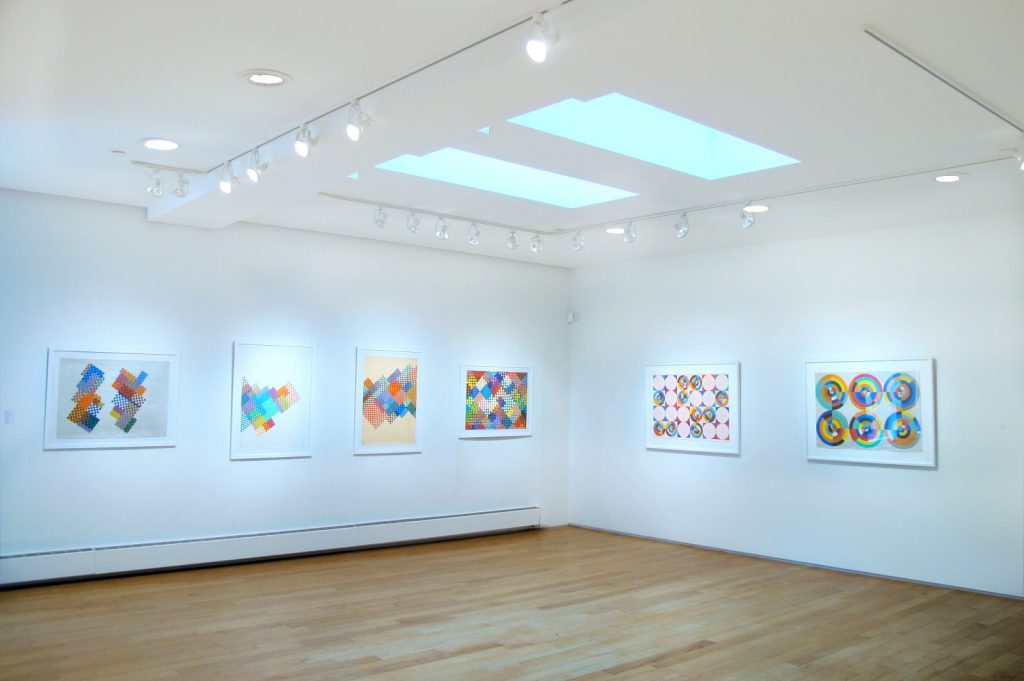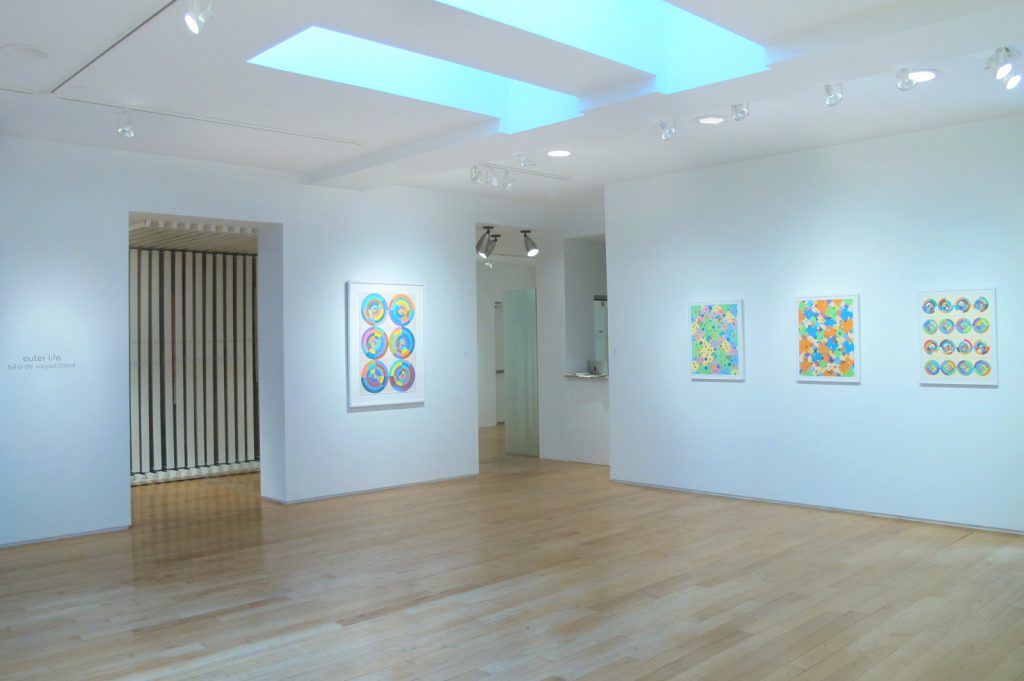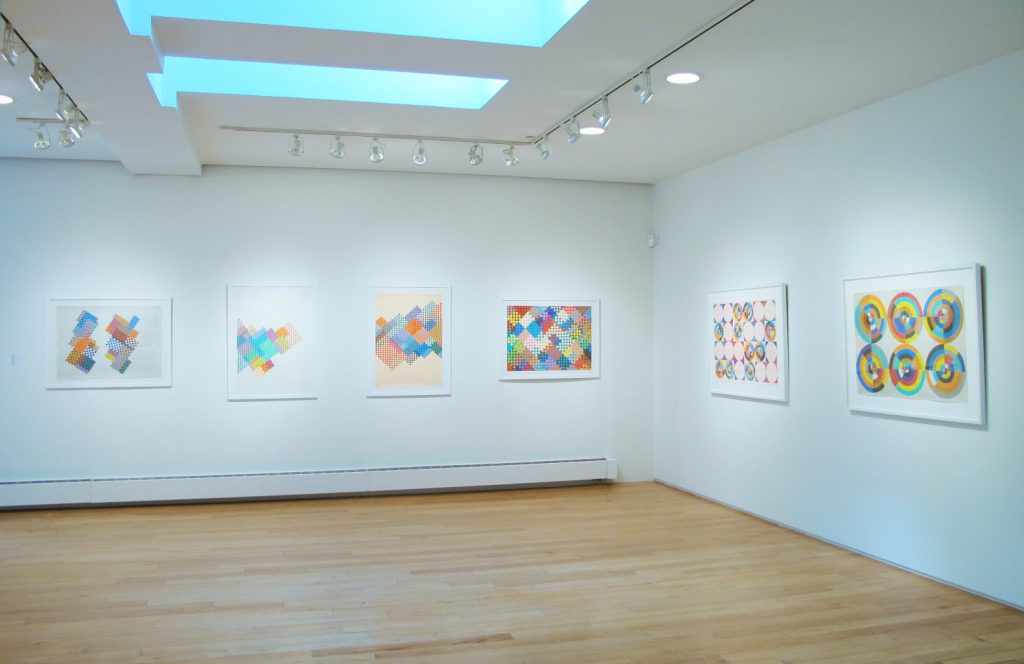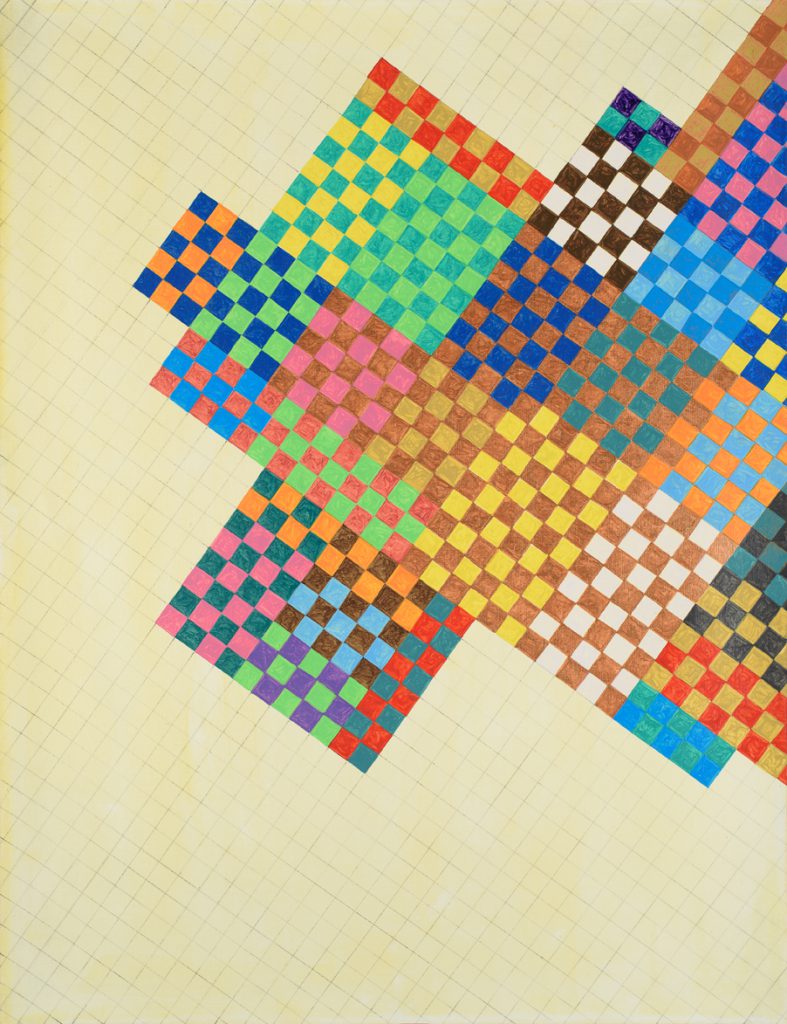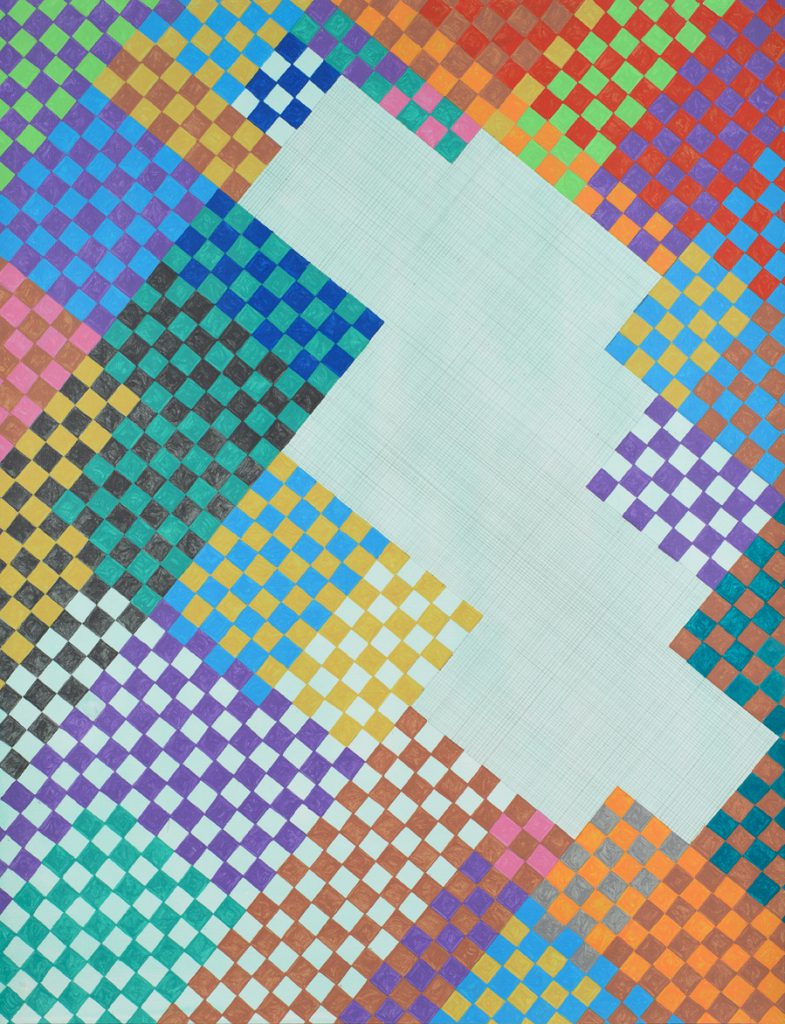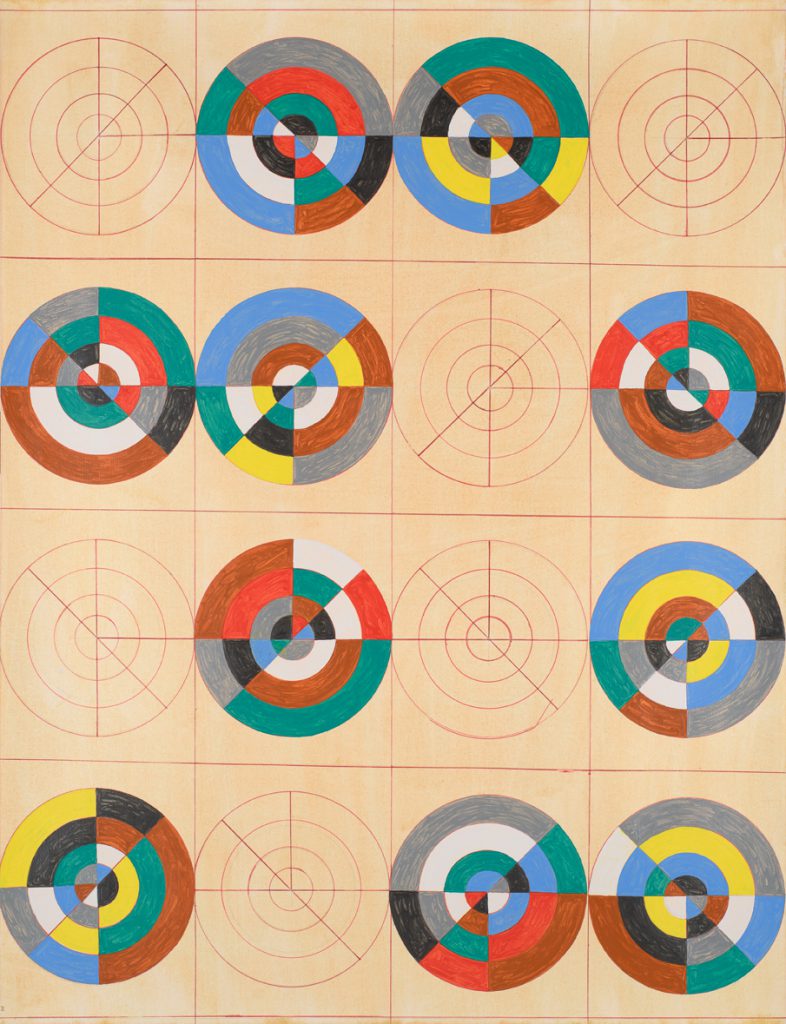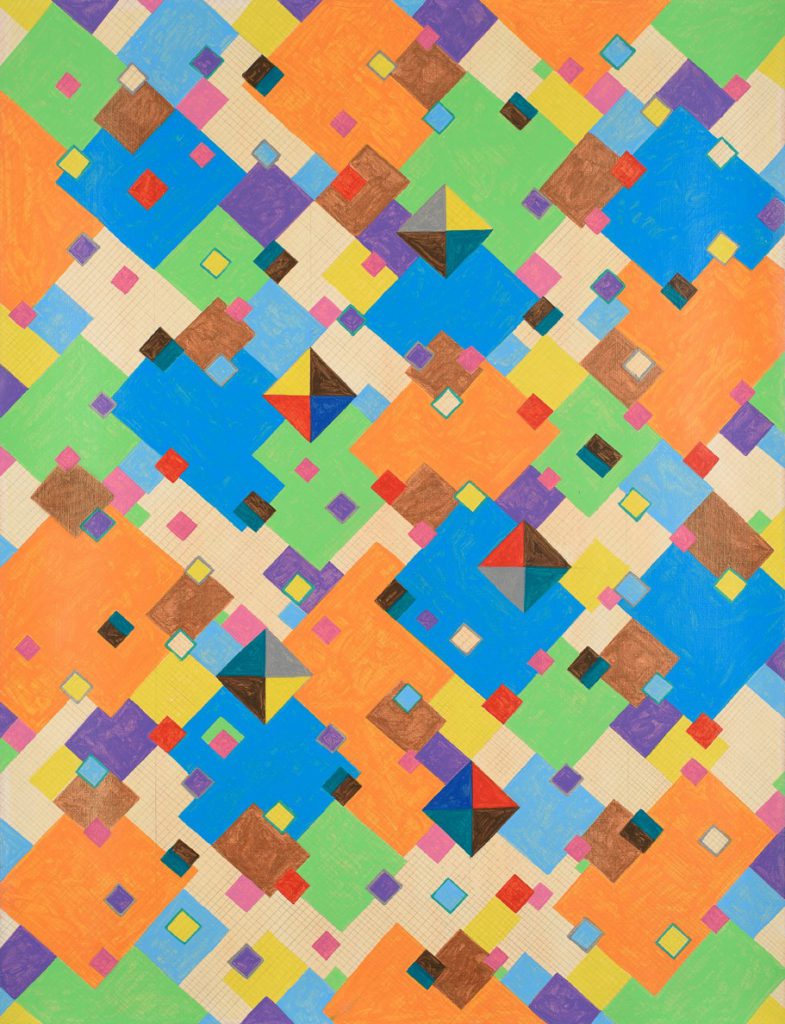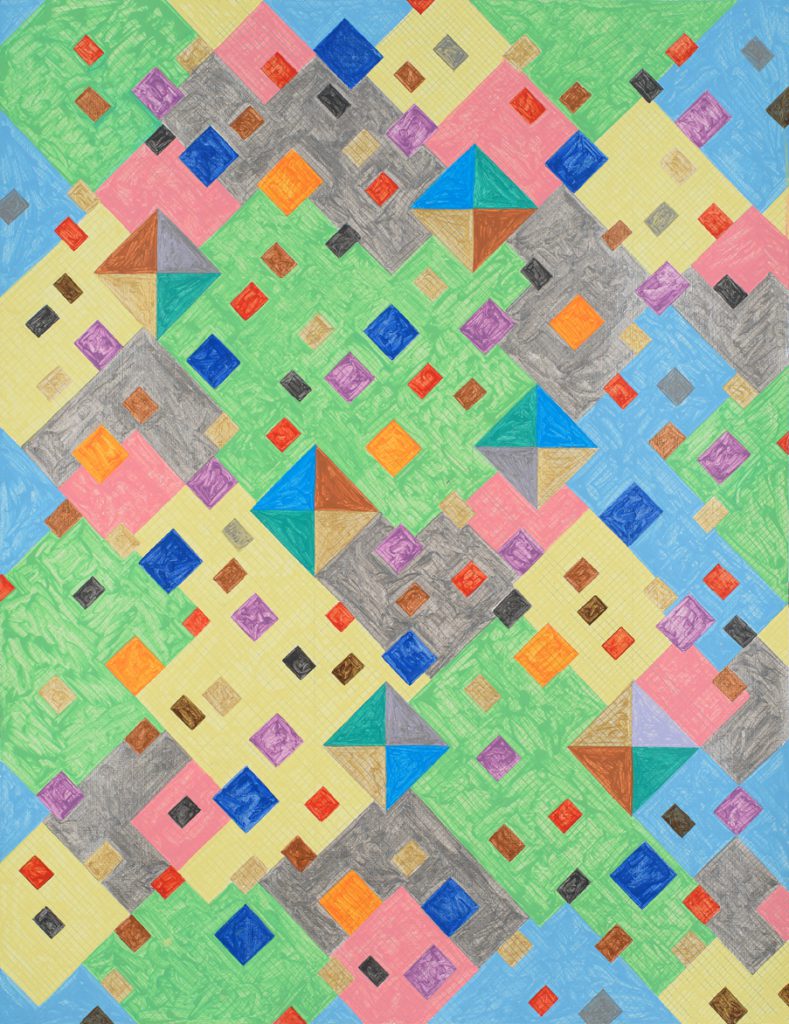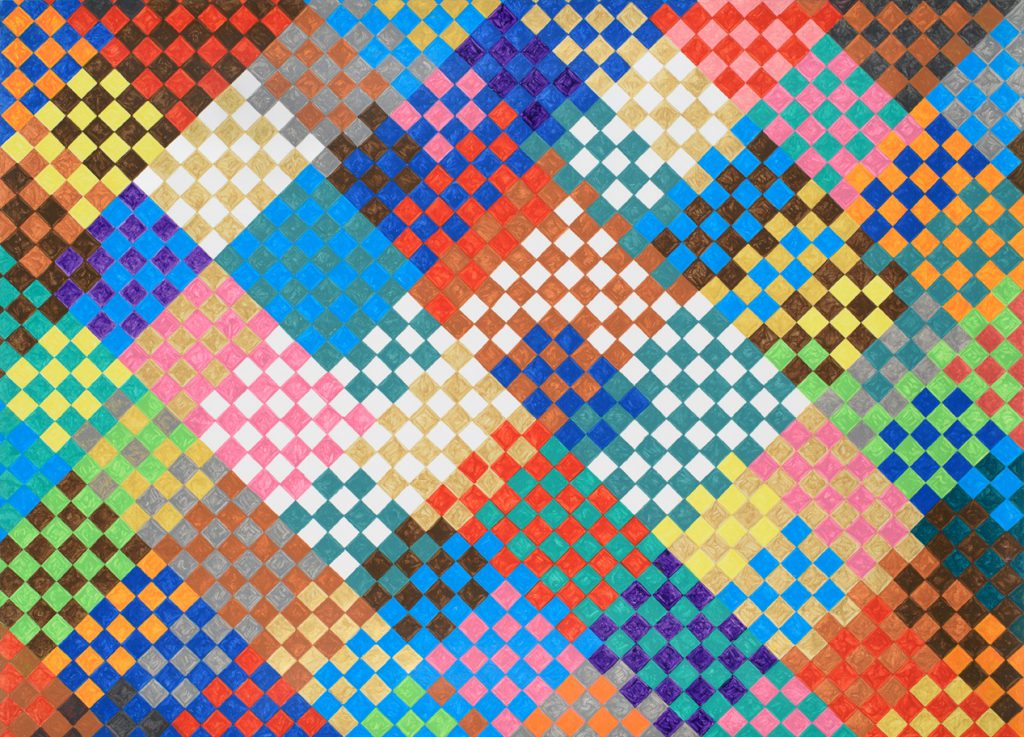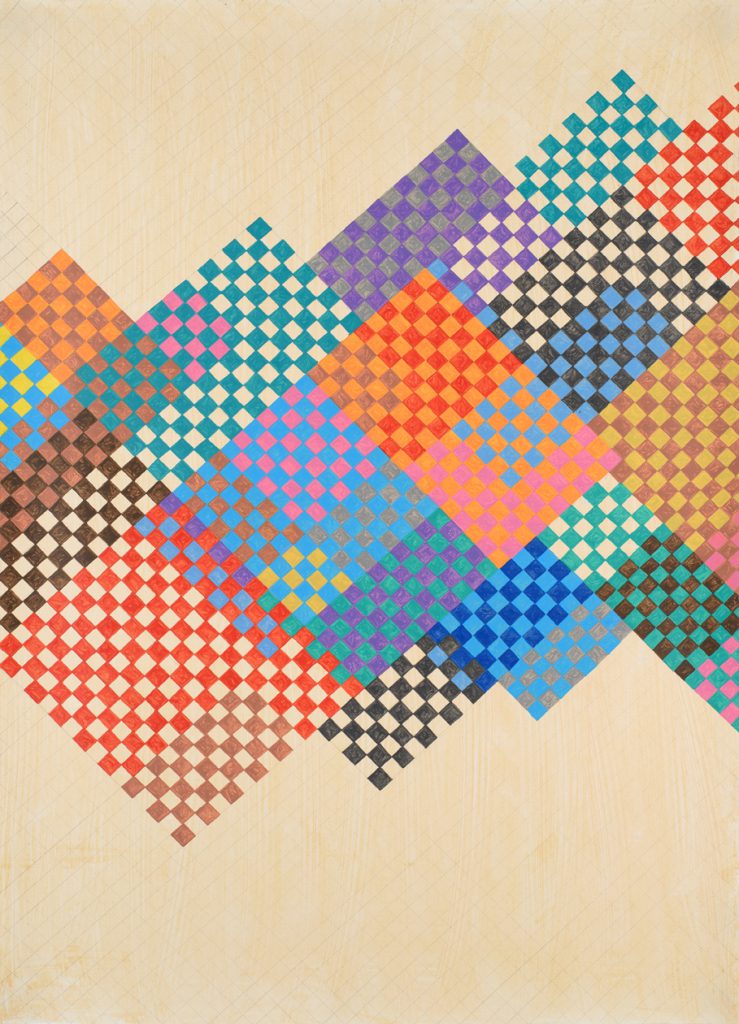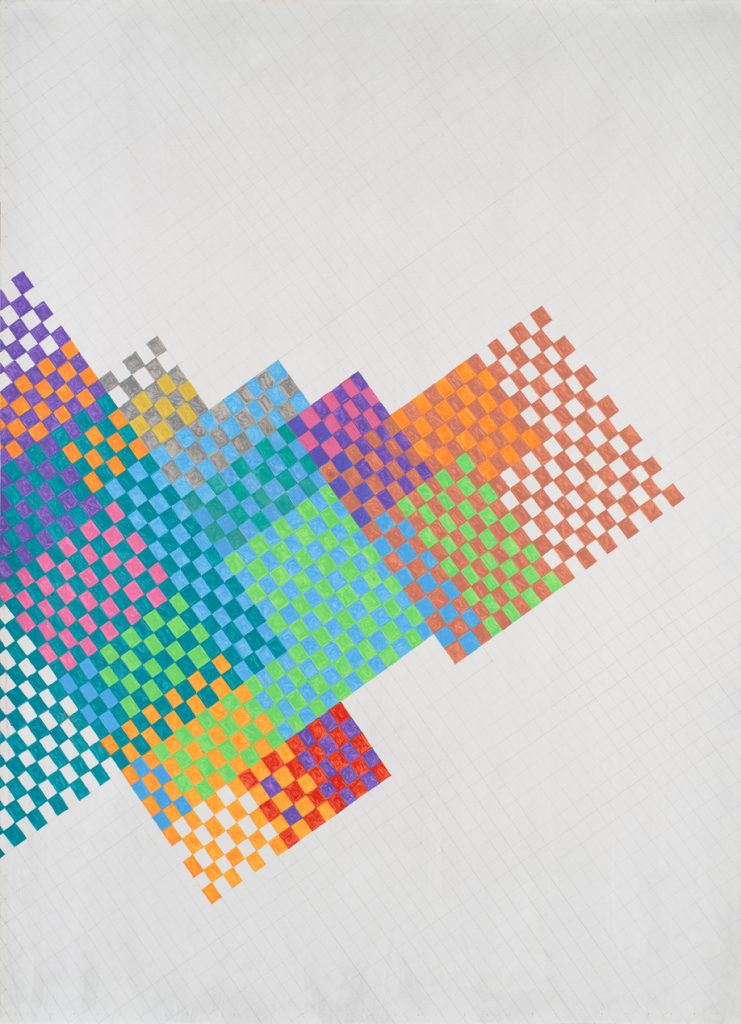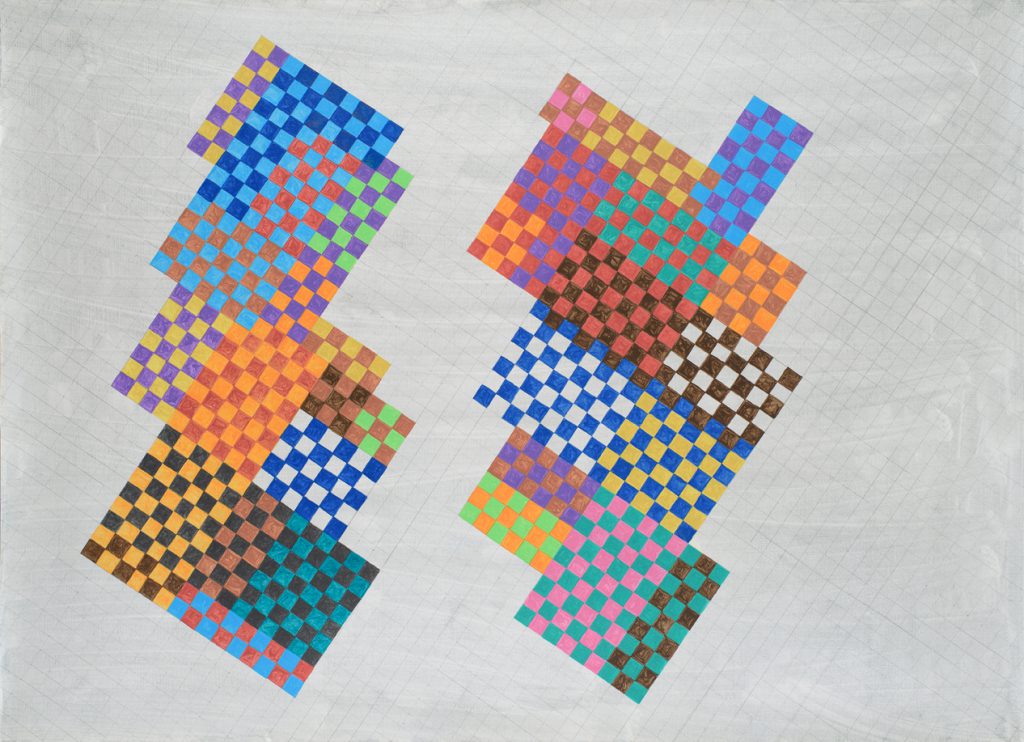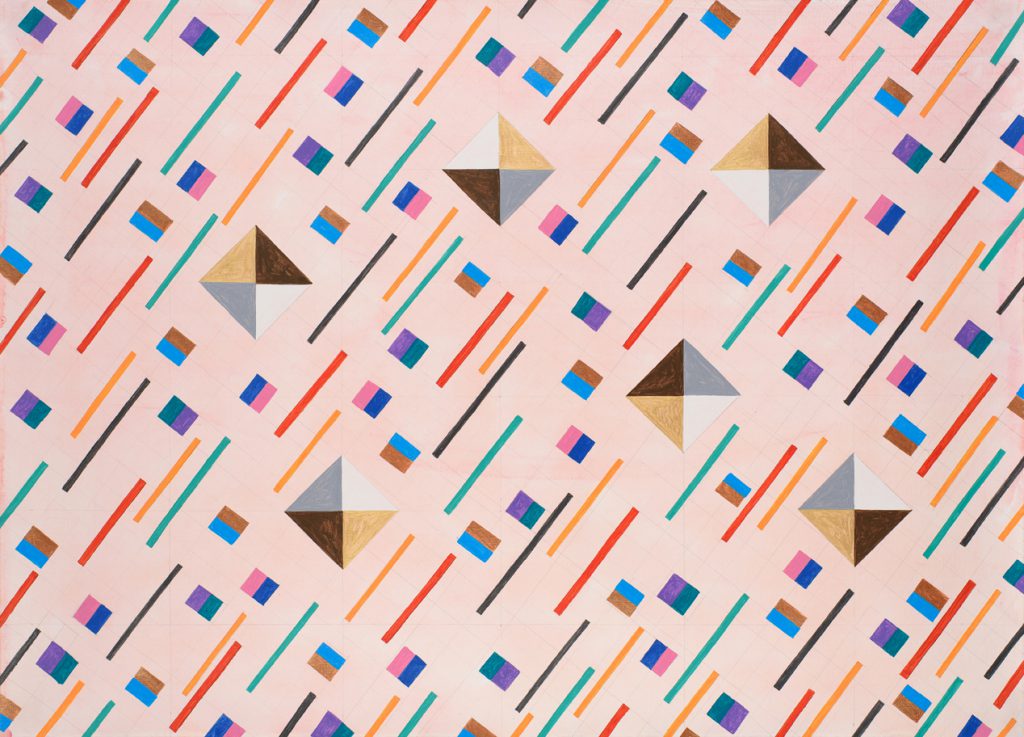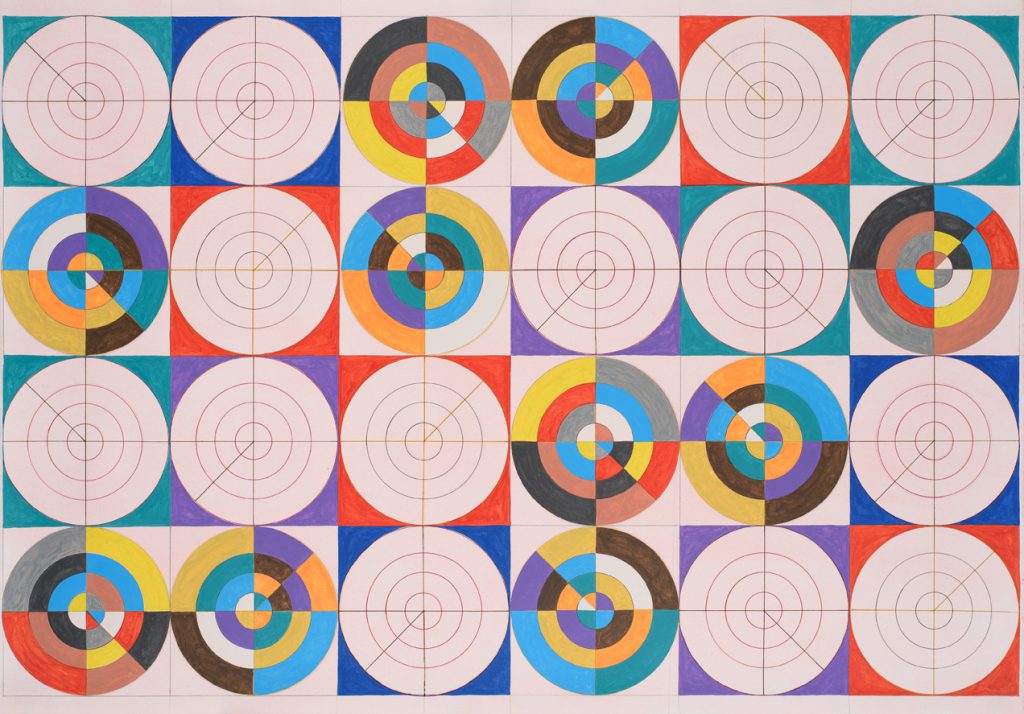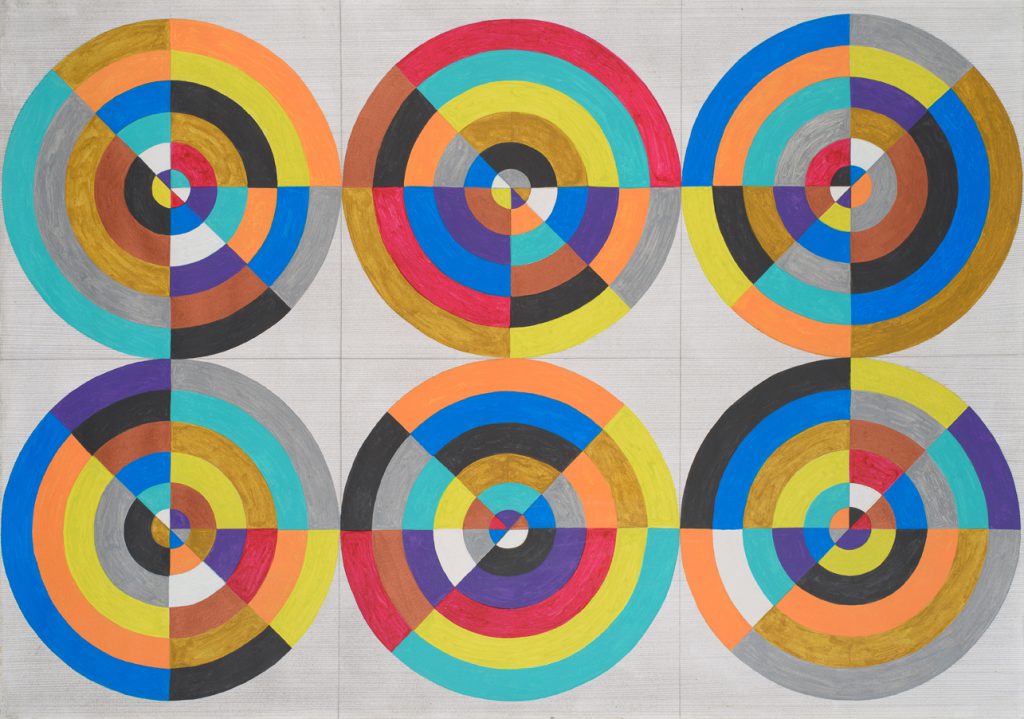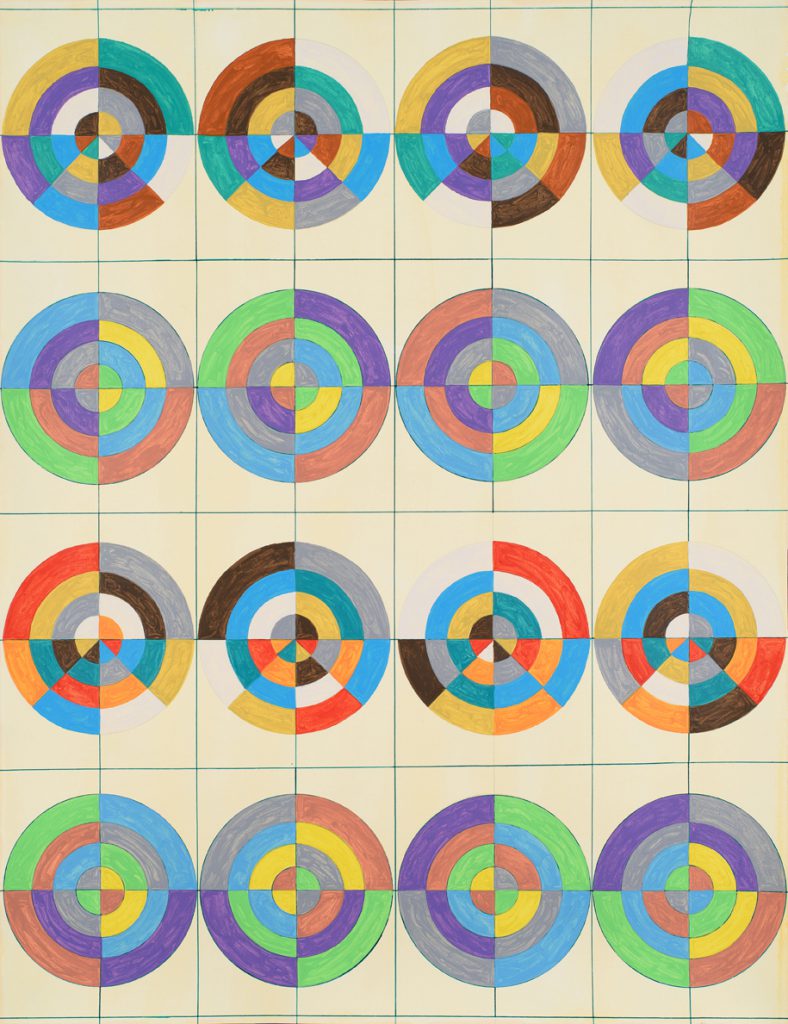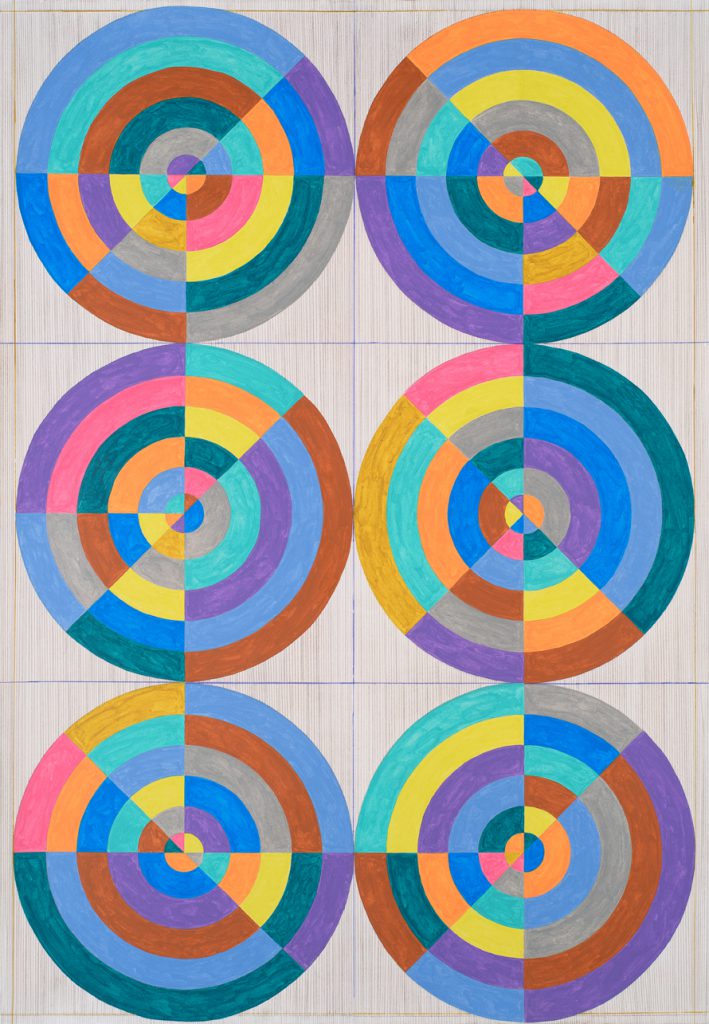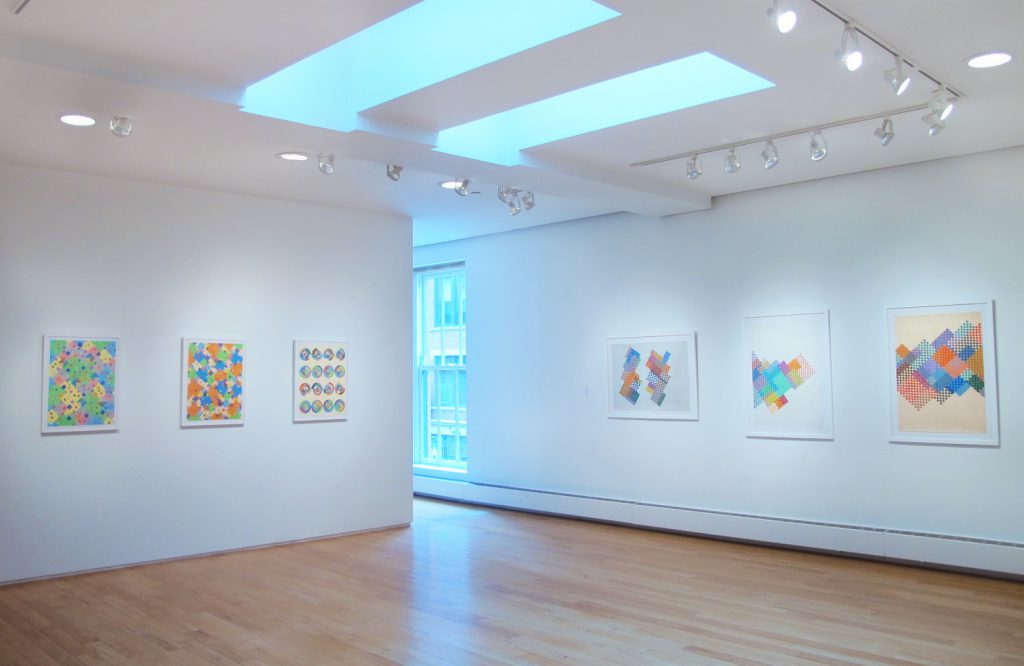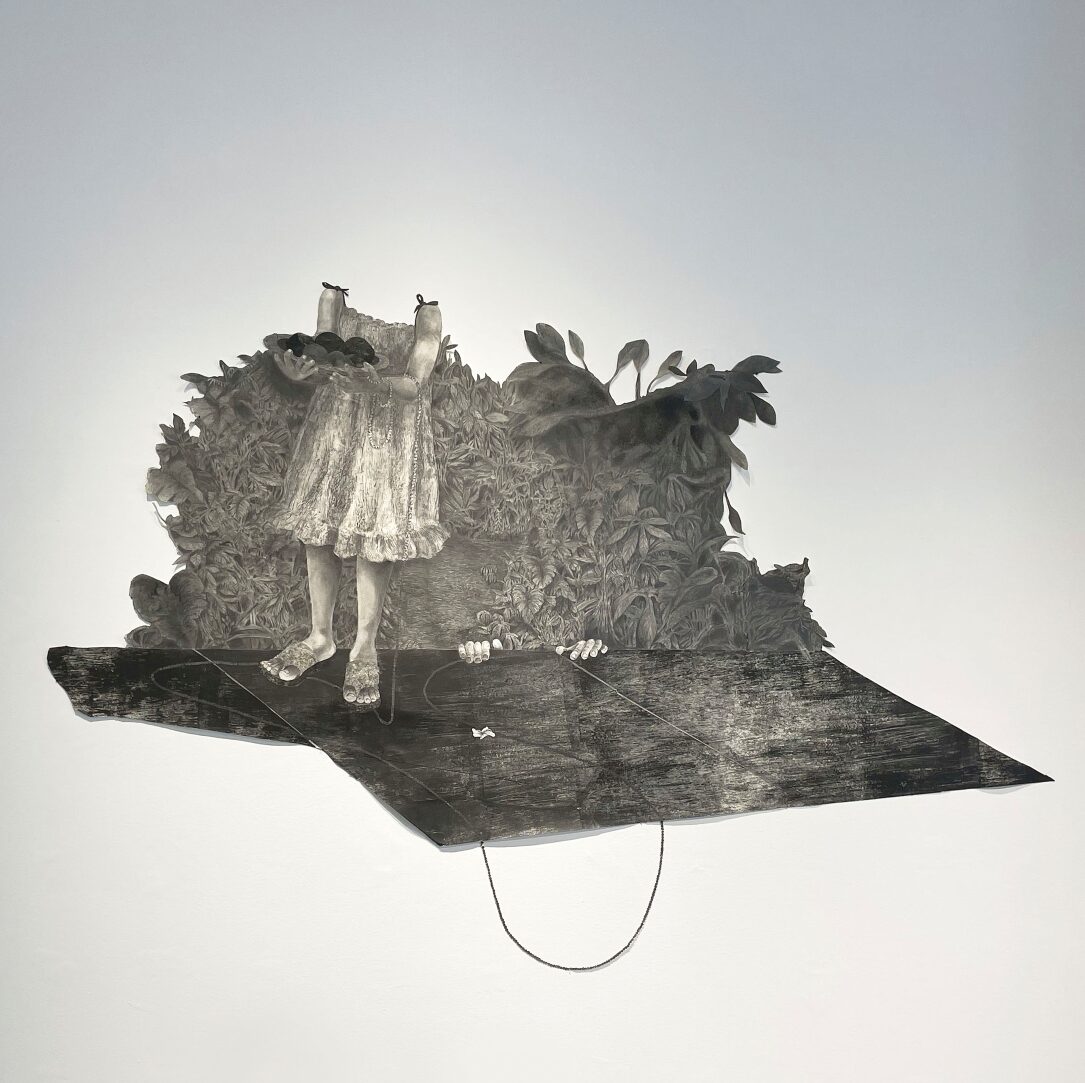It has always been hard for us to grasp the cycle at play in the creation of images. Though images are always available to us—it’s true—it would appear that the images we set out to create or to invent intentionally matter to us differently. Perhaps that’s because the images that we call “inner” never surprise us; they are habitual, recurring, or even obsessive, and they engage universes of meaning that we have learned to unravel—or believe we have learned to unravel; they only jar us when they are cause for extreme unease. But the images we set out to make, to construct, to take measure of, and to produce “outside” ourselves, in our environment and as extension, expansion, and practice—part of our process of becoming—put us in an ambiguous place of mediation whose rules and lessons are elusive, hard to grasp. Even though that entire undertaking may seem to reflect bridled intuitions and purposes, we never feel absolute control over the images that come out and take shape in this way; we never fully grasp what they demand or require of us. We suspect that our role as makers and/or mediators has been displaced, that we have quite possibly been reduced to the dreaded role of instrument—we know not of what or to what end. We might want the world to be a certain way, but the world takes shape in an improvised fashion; it is formed in endless dimensions at such speed that all we can grasp is one of its warm breaths, a tiny fragment that we only value fully if we understand that it is a precious vestige, perhaps the most precious of all because it can hold the latency of what is and what has been alive. We are in the river and the river is always changing, as we ourselves change. No matter how repetitive, we are still moved to safeguard that changing river like a magic potion that somehow perpetuates that which we can never fully grasp, encompass, or experience. Outer life is, then, the promise of another world, of a future at hand or distant—it doesn’t matter which, because what matters is believing the fiction that it is through us that that time and that moment have started to ensue. Tulio de Sagastizábal. Buenos Aires, 2016.
